/st-andrews-cross-spider-01-3befc16bcc1c43cd99c4496352c52e75.jpg)
8 Interesting Facts About the St. Andrew's Cross Spider
Painted Orb Weaver ( Argiope picta) less common than the St Andrew's Cross Spider and doesn't normally produce a complete X pattern on its web. Banded orb-weaving spider ( Argiope trifasciata) has yellow, white and black bands on its abdomen, and dark brown and pale yellow bands along the entire length of its legs.
Trying to Raise Educated Souls for God St. Andrews Cross Spider
WEBSITE http://wildlifewalk.comSHOP http://goo.gl/NMBdWFIMAGES https://goo.gl/uu4Lf3FACEBOOK https://www.facebook.com/WildlifeWalk/TWITTER https://.
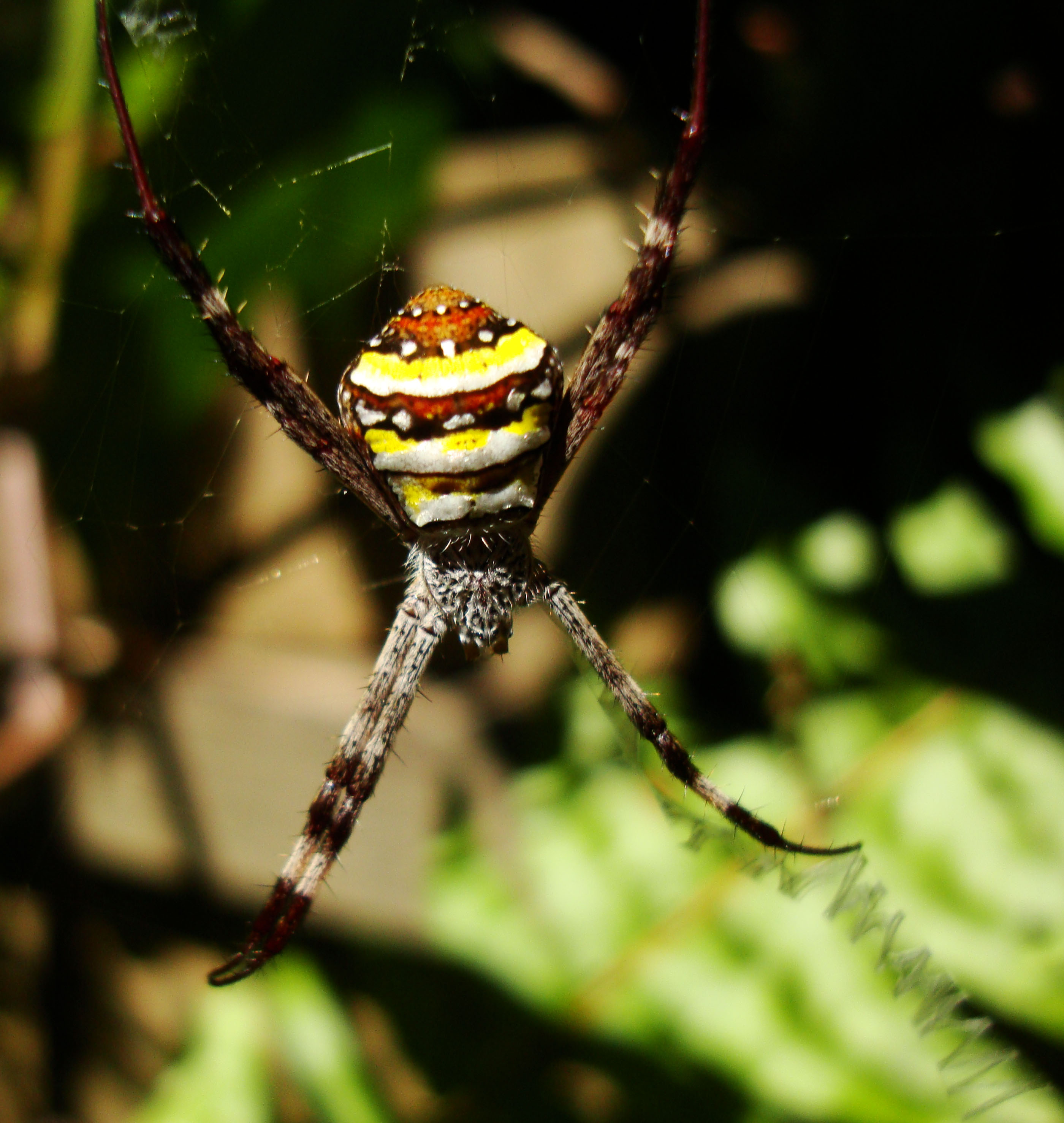
Saint Andrews Cross Spider Marcus Beach Sunshine Coast Qld
The St Andrew's Cross Spider is found in eastern Australia in habitats ranging from rainforest margins to open forest and heathland (Queensland, New South Wales, Victoria). Feeding and diet. The prey of the St Andrew's Cross Spider includes flies, moths, butterflies, bugs and bees. These are usually secured by silk wrapping into a neat parcel.

St. Andrew's Cross Spider from Australia What's That Bug?
St Andrews Cross Spider. The St. Andrew's cross spider is a large orb-weaver spider St Andrew's Cross Spiders are common across the east coast of Australia and can be found from central NSW all the way to southern Queensland. It belongs to the genus Argiope, whose members are famous not just for their size, but also their often brightly.
:max_bytes(150000):strip_icc()/st-andrews-cross-spider-male-female-318ed0fec14f493696008e5fb7114ecc.jpg)
8 Interesting Facts About the St. Andrew's Cross Spider
St. Andrews Cross Spider. Dear Walter, This St. Andrew's Cross Spider, Argiope keyserlingi, is an Orbweaver, not a Nursery Web Spider. According to the Australian Museum: "The role of the cross-like web decoration, called the stabilimentum, has long been a puzzle. At first thought to strengthen or 'stabilise' the web, more recent ideas.
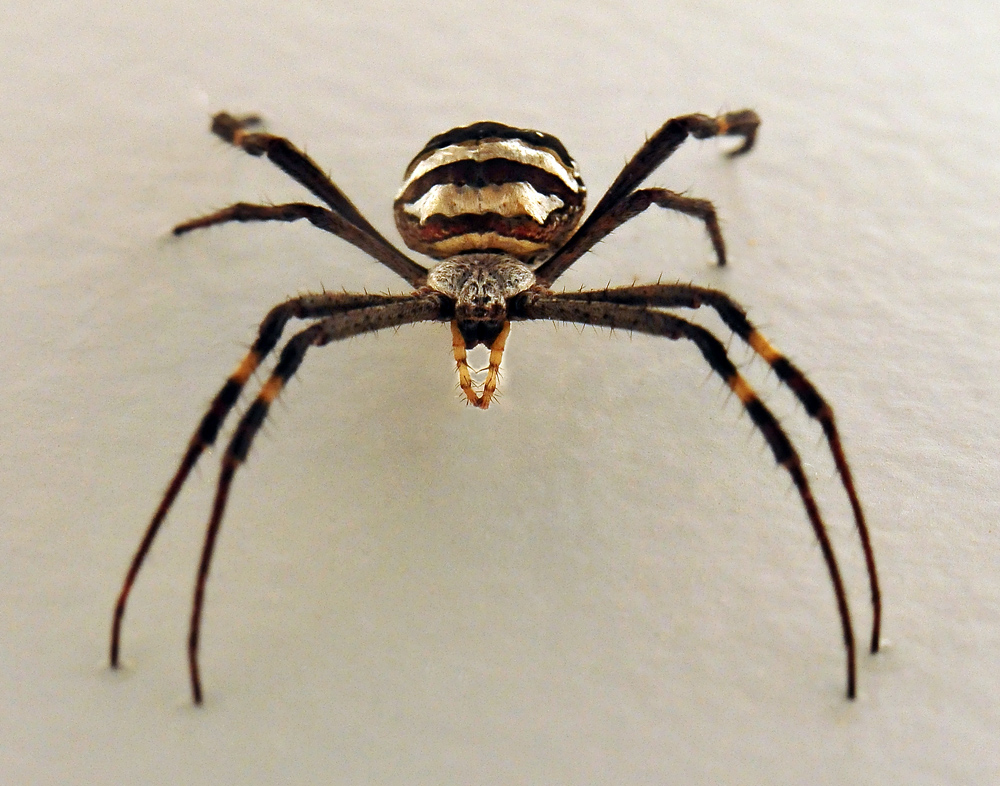
St Andrew's Cross Spider Argiope keyserlingi
Size - the size of an adult is about 15 mm in body length. Habitat - this spider is a web-weaver usually found in summer in garden areas around the home. This spider is considered beneficial as it spins a large web to snare flying insects, such as flies and mosquitoes. The St Andrews Cross Spider usually sits in the middle of it's web forming a.

"St Andrew's Cross Spider Argiope Keyserlingi (female)." by Normf
The St Andrew's Cross Spider's Latin name is Argiope kiyserlingi. The female's size is about 20mm long and its cephalothorax is flattened and covered in white or silver hairs. It also has a banded and spotted abdomen in a white, yellow, red and black pattern The male is about 4 mm long and has a brown body (pic below). Habitat:

St Andrew's Cross spider St andrews cross, Spider, Saints
The St. Andrews Cross Spider (Argiope keyserlingi) is a common species of orb-web spider found on the east coast of Australia, from central New South Wales to southern Queensland. The St. Andrew's Cross Spider is very similar in appearance to the closely related north Queensland species, Argiope aetherea (another common, large orb-web spider).
St. Andrew's Cross Spider Nature, Cultural, and Travel Photography Blog
The St Andrew's Cross Spider's Latin name is Argiope kiyserlingi. The female's size is about 20mm long and its cephalothorax is flattened and covered in white or silver hairs. It also has a banded and spotted abdomen in a white, yellow, red and black pattern The male is about 4 mm long and has a brown body (pic below). In Australia, the St.
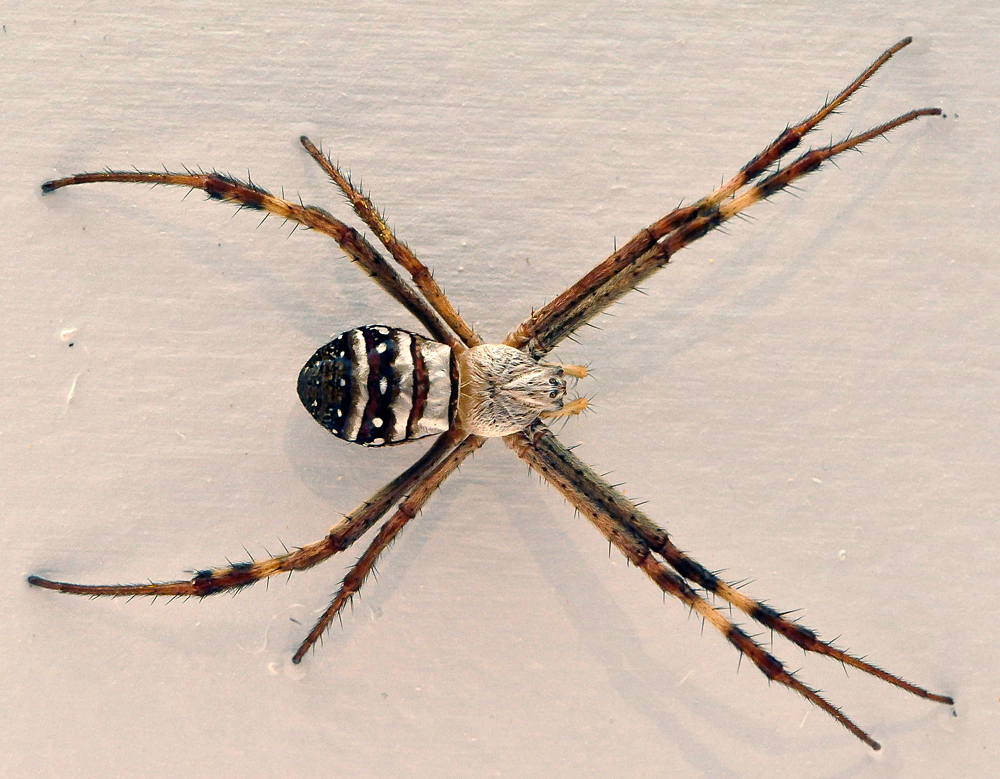
St Andrew's Cross Spider Argiope keyserlingi
St Andrews Cross Spiders: Low Ris k • Non-Aggressive. VENOM TOXICITY - the bite of the St Andrews Cross is of low risk (non-toxic) to humans. They are a non-aggressive group of spiders. Area of distribution - Australia-wide. Spider Identification - adult 5 to 15 mm in body length - abdomen striped yellow and brown - as illustrated.
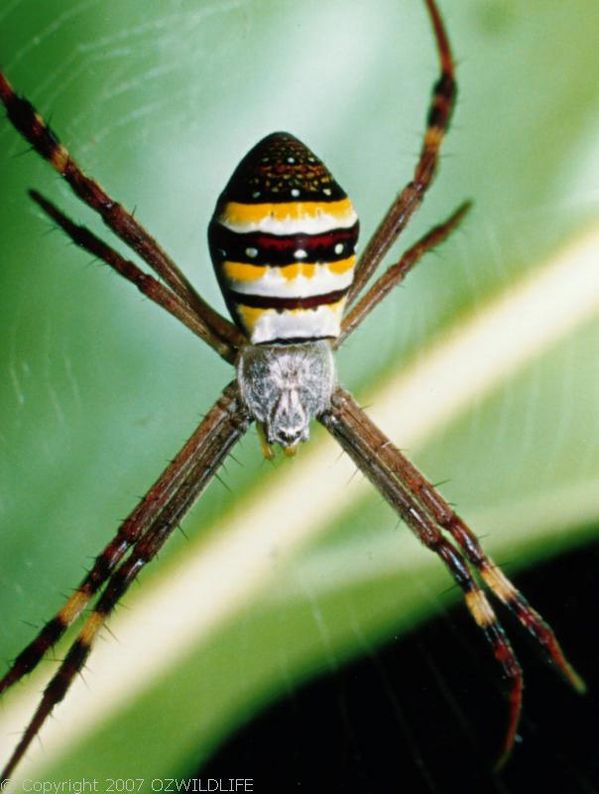
St. Andrews Cross Spider (Argiope keyserlingi)
Argiope aetherea is a common, large orb-web spider (family Araneidae). Like other species of Argiope, it is commonly known as the St Andrew's Cross spider, due to the characteristic cross-shaped web decorations female spiders often include in their webs. A. aetherea is similar in appearance to A. keyserlingi, however female A. aetherea are generally larger than A. keyserlingi.
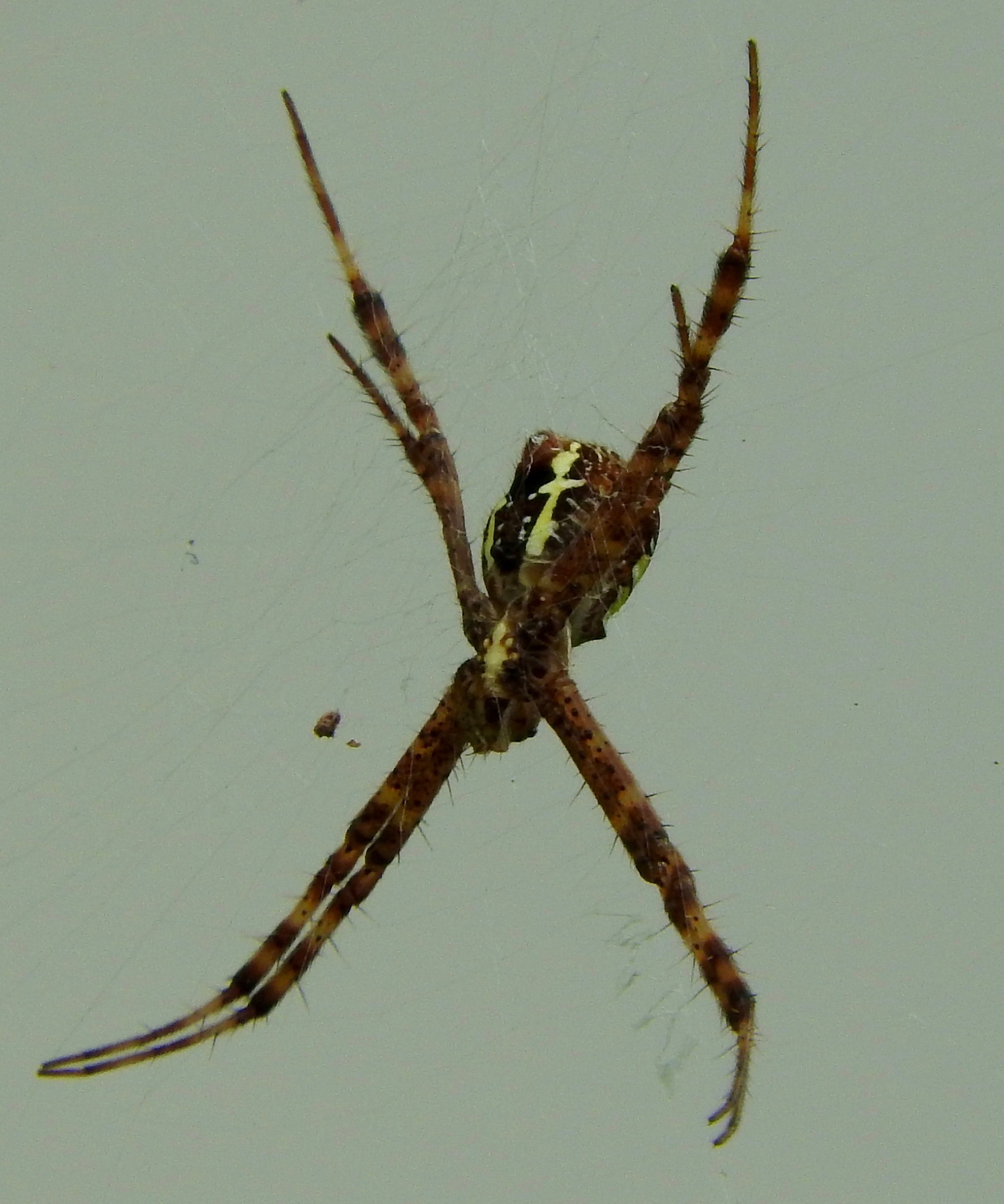
Oval St Andrew's Cross Spider Encyclopedia of Life
Adults. Size: Females are 0.39-0.62 in (1-1.6 cm) and males are 0.11-0.15 in (0.3-0.4 cm). Color: Females' carapaces are yellow and gray with black and red bands, while the upper part of the having two yellow horizontal stripes. Males differ in coloration of the body as they are a combination of cream and brown with the same longitudinal stripes.

FileSt. Andrew's Cross Spider.jpg Wikipedia, the free encyclopedia
St. Andrew's Society of Southern Nevada, Las Vegas, Nevada. 658 likes · 14 talking about this. We are a group of Scots and Scottish descendants who focus on community and cultural education, as we. St. Andrew's Society of Southern Nevada, Las Vegas, Nevada. 658 likes · 14 talking about this..
St. Andrew’s Cross Spider (female) Project Noah
The St Andrews Cross Spider (Argiope keyserlingi) is a common species of orb-web spider found on the east coast of Australia, from central New South Wales to southern Queensland. The St. Andrew's Cross Spider is very similar in appearance to the closely related north Queensland species, Argiope aetherea (another common, large orb-web spider).. The X shape is called the St. Andrew's cross.

St. Andrews Cross Spider (Argiope aurantia) with its prey YouTube
Argiope bruennichi is commonly known as the wasp spider. In Australia Argiope keyserlingi Argiope aetherea are known as St Andrew's cross spiders, for their habit of resting in the with paired legs outstretched in the shape of an X and mirroring the large white web decoration (the cross of St. Andrew [2] having the same form).
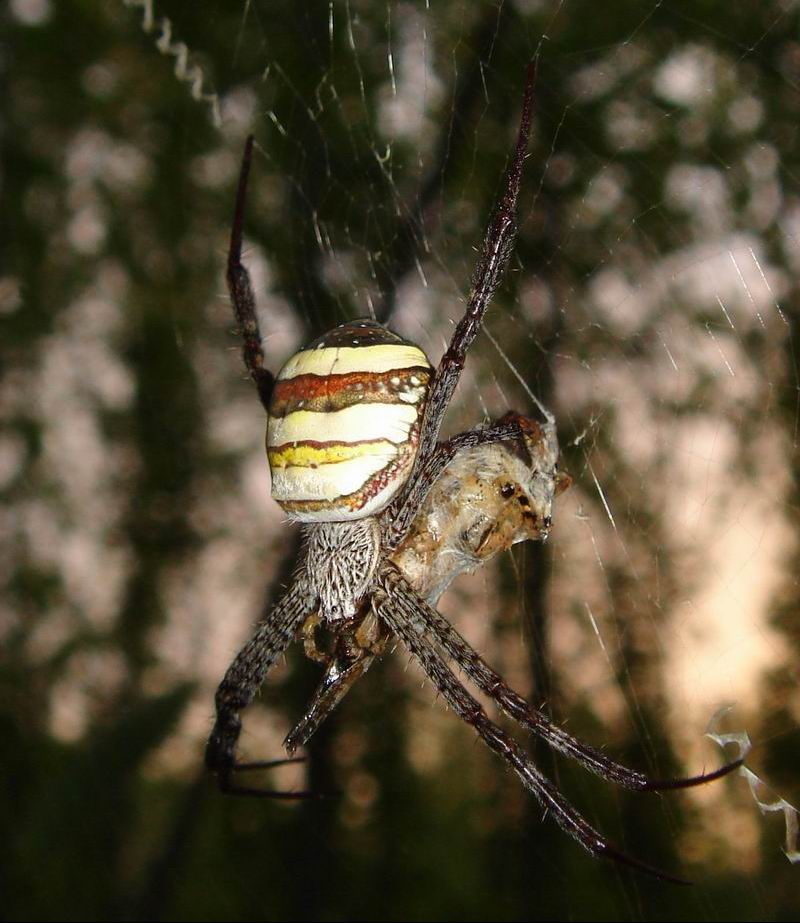
St. Andrew's Cross Spider Nature, Cultural, and Travel Photography Blog
St. Andrews Cross Spider ( Argiope keyserlingi ) St. Andrews Cross Spider - showing the white cross pattern in the web. This spider appears to have lost two of its back legs and is growing new legs - see how the two back legs on the right of the photo do not match the others.